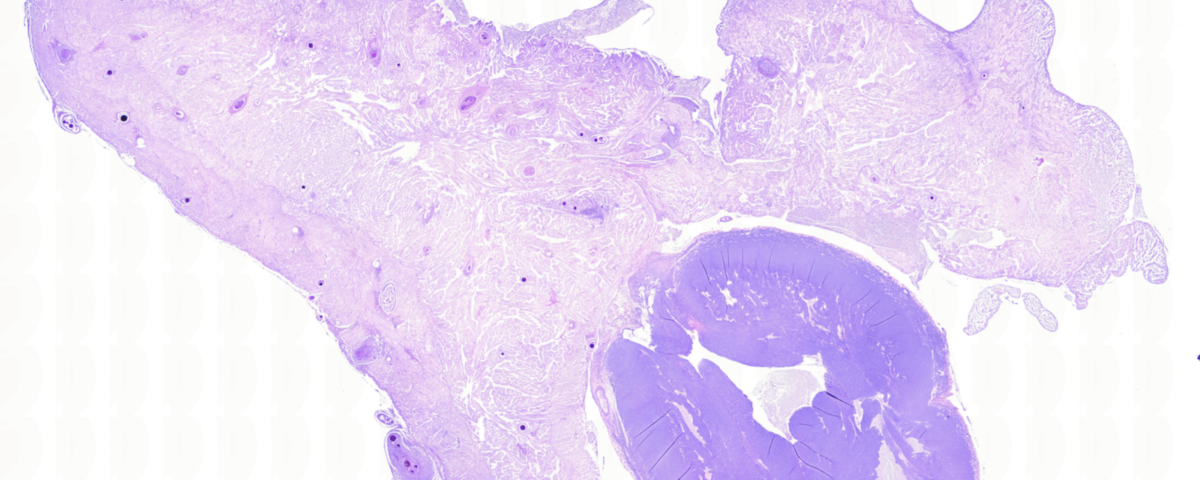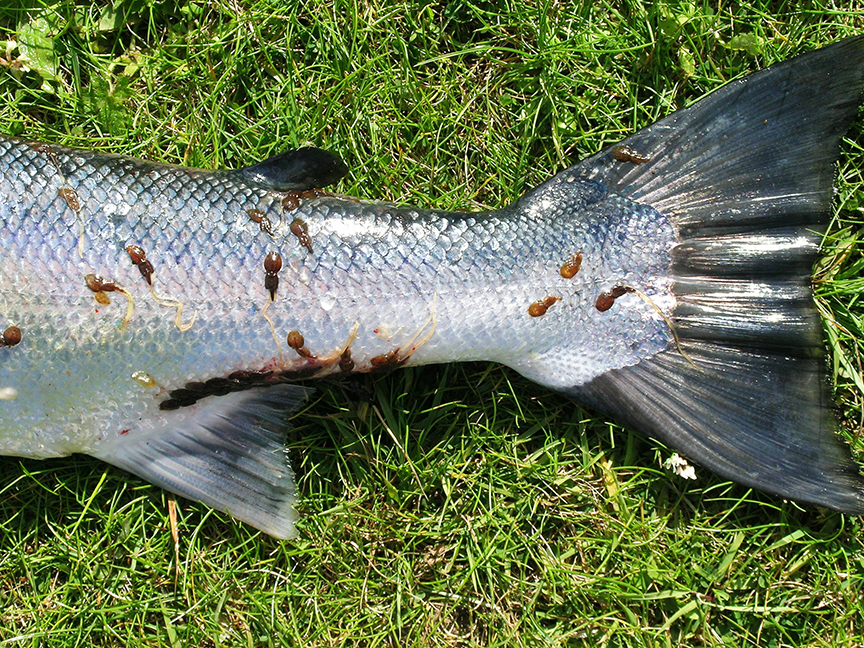Quantifying infection intensity in Herring

PROJECT
Quantifying infection intensity in herring
Background
Ichthyophonus is a fungal-like pathogen that causes disease in a wide range of fish. Pacific herring are susceptible to infection and outbreaks characterized by severe infection intensities have been associated with mortality events that can last years and deplete populations. In most years, however, Ichthyophonus infections are relatively mild and are hypothesized to be only a minor source of mortality. Beginning in 2012, observations of severe Ichthyophonus infections in herring in Sitka Sound suggest that a shift from chronic low-mortality infections to acute high-mortality infections may have occurred. In contrast, infected herring in Prince William Sound continue to have mild infections. Declining herring populations in both locations are a cause for concern.
Methods
Maya Groner and Paul Hershberger (USGS) are estimating disease mortality, prevalence, and intensity of Ichthyophonus infections using historical samples of herring collected since 2009 in both Sitka Sound and Prince William Sound. They will quantify infection intensity in heart tissue in order to understand how infections are distributed across herring of different age and year classes. The exact intensity or amount of infection that causes mortality is unknown. We are experimenting with different infection intensities to illuminate what intensity causes mortality. These data will inform a population model that will allow us to estimate how much of an effect this disease is having on both populations during outbreak and non-outbreak years.
What we are learning
Over the last year, infection intensity was quantified through image analysis of heart tissue successfully in both age-1 herring and age-4 herring in the lab environment. These results are currently being used to help design models that will be used to estimate mortality due to Ichthyophonus infections in both Sitka Sound and Prince William Sound (PWS) herring. We finished processing, sectioning, staining, imaging, and quantifying disease lesions for samples collected in PWS and Sitka Sound from samples collected years 2009-2019. We are beginning to examine how prevalence and severity are associated with environmental factors. So far, the variables tested have shown weak explanatory power, although prevalence and severity increase with age. We will continue to unravel this relationship by incorporating new environmental factors and refining model design. We have also built a mathematical model that estimates disease mortality due to Ichthyophonus in PWS and Sitka Sounds. Preliminary results suggest that disease is causing the mortality of 5-10% of mature herring each year.
PRINCIPAL INVESTIGATOR
Maya GronerPWS Science Center mgroner@pwssc.org
COLLABORATORS
Paul HershbergerUS Geological Survey
phershberger@usgs.gov




